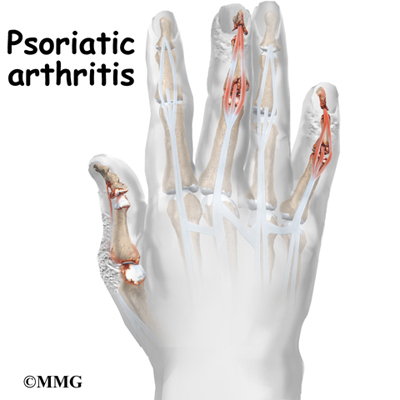 This information is about arthritis. It covers what it is, what forms it takes, how to deal with it, and how to avoid worthless quack remedies.
This information is about arthritis. It covers what it is, what forms it takes, how to deal with it, and how to avoid worthless quack remedies.The term "arthritis" covers many diseases that affect the joints, causing pain, inflammation, and other changes. Arthritis is often confused with other conditions that cause similar pain, like arthralgia, rheumatism, bursitis, and fibrositis. But these conditions may not actually affect the joints -- and arthritis does.
The most common forms of arthritis are osteo-arthritis, rheumatoid arthritis, and gout. This message will focus on osteo-arthritis and rheumatoid arthritis.

Arthritis is a painful inflammation of one or more bone joints. Sometimes, it will affect neighboring structures such as muscles -- or even organs such as the kidneys or lungs. Arthritis tends to be chronic. It may trouble you continuously -- or on-and-off at unpredictable times. In many people the effects are mild, but some people are physically disabled by it. Most victims are adults, but children can develop arthritis too.
Osteo-arthritis, or degenerative joint disease, often affects older people. Over the years, joints tend to wear out. In addition, some older women suffer a softening of the bones at the joints, due to osteoporosis. Excess weight can worsen existing osteo-arthritis -- or increase the tendency to develop this condition.
Rheumatoid arthritis often starts in young adults and flares up in middle age. The condition is more common in women than in men. The causes of rheumatoid arthritis are complex and not perfectly understood.

Although arthritis is often a chronic condition, its symptoms can be relieved by expert medical treatment. The first step is a thorough evaluation by a doctor, including special laboratory tests. The doctor will prescribe the treatment best suited to the individual case, and then follow the progress of the treatment, adjusting it as necessary. This is the only effective way to deal with arthritis.
Unfortunately, however, arthritis victims are often the targets of people who profit from the suffering of others by selling so-called "cures" that are worthless or even harmful. Worthless cures such as copper bracelets and "miracle diets" can appear to work temporarily -- because arthritis can suddenly die down by itself. If a temporary improvement happens to follow a quack "cure," it can make the cure seem effective. But it isn't, really, and the victim has paid good money for nothing. But even if a quack remedy is medically harmless, the victims still suffer because they avoid or delay obtaining sound medical treatment.

Not all treatments for arthritis are medically harmless. Some rely on massive injections of corticosteroids -- powerful drugs that are easily misused. Though this treatment can be very effective, it must be closely monitored for serious side effects. Early treatment can help control inflammation, preserve mobility, and reduce pain. But if expert medical help is delayed until the condition is more severe, then treatment cannot be as effective.
So, if you think you may have arthritis, see your regular health care provider for a complete evaluation. Follow the treatment plan tailored to your individual condition. Above all, don't experiment with any so-called treatment that has not been prescribed by your doctor. By following this plan, many people prevent their arthritis from ever becoming severe or difficult.
Please remember these key points:
- Arthritis is the name for several diseases that affect the joints.
- Arthritis cannot be cured, but it can be relieved, and in many cases controlled.
- The key to dealing with arthritis is evaluation and care by your health care provider, including a prescribed program of self-care and medication.
- Don't be tempted by other so-called "cures." Many are worthless and often expensive, they can delay the start of professional care, and they can be medically dangerous.
|
Bookmark this post:
|
|

0 comments
Post a Comment